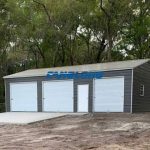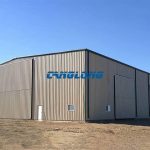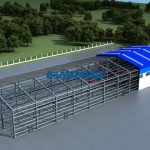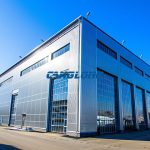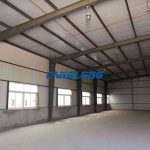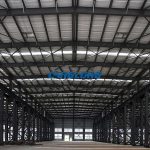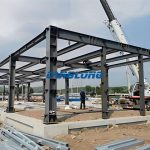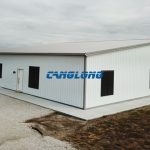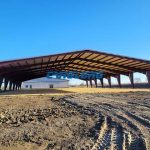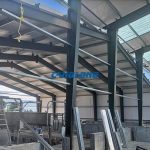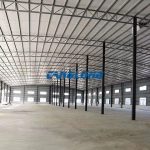The impact of loads on structures in steel buildings design
In steel buildings design, the impact of loads on structures is a crucial consideration. Loads, in short, refer to the forces acting on the structure of the building, which directly affect the stability, safety and economy of the structure. In steel building design, loads must be fully analyzed and optimized to ensure the reliability and durability of the structure under various working conditions.
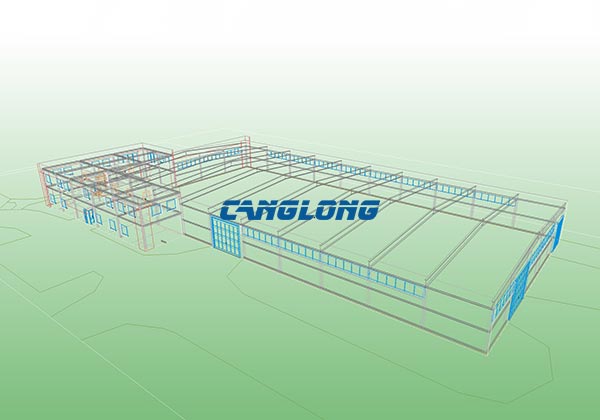
Loads are mainly divided into two categories: permanent loads and variable loads. Permanent loads, also known as dead loads, refer to loads that are permanently resident on the building, such as deadweight, walls, equipment, etc. The size and position of these loads do not change over time during the use of the structure, and have a long-term stable impact on the structure. Permanent loads can cause creep of the structure, resulting in deformation and cracks in the structural components, which in turn affects the internal force distribution of the structure. In prestressed concrete structures, due to the creep of concrete, the prestress of the steel bars will have a corresponding loss, and the prestress loss value of the prestressed steel bars needs to be fully and correctly calculated to ensure the safety of the structure.
Variable loads refer to loads that change with usage and external environment, such as personnel, wind loads, snow loads, etc. The magnitude and position of these loads often change during the use of the structure, and the effect on the structural components may occur or not. The change in the position of the variable load on the component may cause different effects on various parts of the structure, or even produce completely opposite effects. Therefore, in structural design, it is necessary to consider the combined effects of various variable loads to find the maximum internal force values of various parts of the component under different working conditions to ensure the safety of the structure.
In addition to permanent loads and variable loads, accidental loads are also factors that need to be considered. The characteristics of accidental loads are that they may or may not occur within the design service life. Once they occur, their magnitude may be large and the duration is short. This type of load has an instantaneous effect on the structure, such as earthquake action and wind load. The earthquake action is the inertial force of the building mass caused by the acceleration of ground motion during an earthquake, which is proportional to the size of the building mass. Therefore, in seismic design, it is best to use lightweight and high-strength materials to reduce seismic effects and improve the seismic resistance of the structure. Wind load is the main horizontal force of the building structure. The building shape directly affects the direction and flow rate of the wind, changing the size of the wind pressure. The wind pressure of circular buildings is nearly 40% lower than that of square or rectangular buildings. Therefore, circular buildings are often seen in high-rise buildings. This not only has low wind pressure, but also has relatively close stiffness in all directions, which is conducive to resisting the action of horizontal forces.
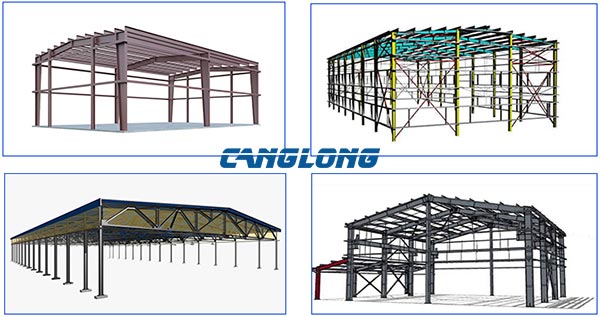
In the design of steel structure buildings, load optimization is an important means to improve structural stability and economy. Load optimization adjusts the distribution and size of the load to achieve the optimal structural design scheme. Under the premise of meeting the safety of the structure, the influence of the deadweight and load on the structural materials is minimized as much as possible to reduce the construction cost and increase the service life. Load optimization includes the optimization of structural parameters, and the optimal performance of the structure under different loads is achieved by adjusting the size and shape of the structure. For example, in the design of columns and beams, the cross-sectional shape and size can be adjusted to make them have the best bending and compression resistance when bearing loads. In addition, arch structures and space grid shell structures can be used to effectively reduce the deadweight of the structure and improve the bearing capacity of the structure.
Material selection and optimization are also important aspects of load optimization. Steel structure buildings usually use high-strength steel materials such as Q345 and Q235. In material selection, it is necessary to comprehensively consider factors such as material strength, toughness, and corrosion resistance to meet the safety and economic requirements of the structure. In addition, new materials such as composite materials can also be used to improve the strength and lightness of the structure.
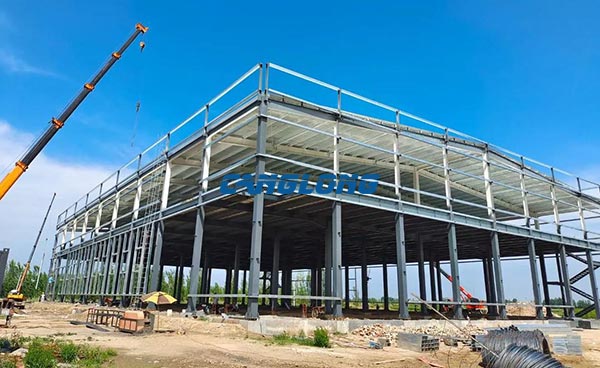
In short, in steel buildings design, the impact of load on the structure is multifaceted and needs to be comprehensively analyzed and optimized. Through reasonable load analysis and optimization, the overall performance of steel structure buildings can be improved, investment costs can be reduced, service life can be extended, and the development and application of steel structure buildings in the future can be promoted.
